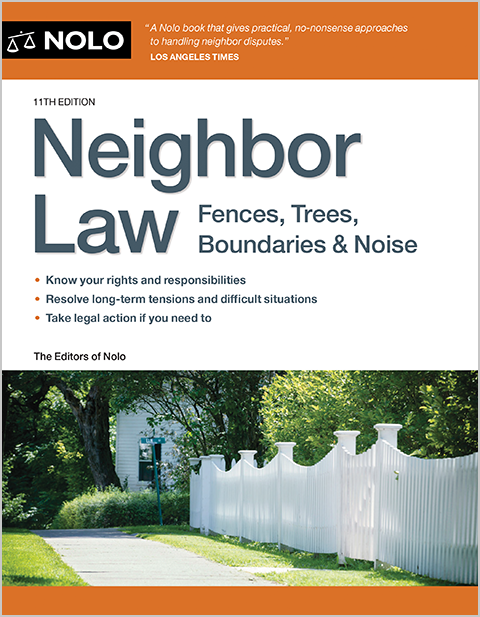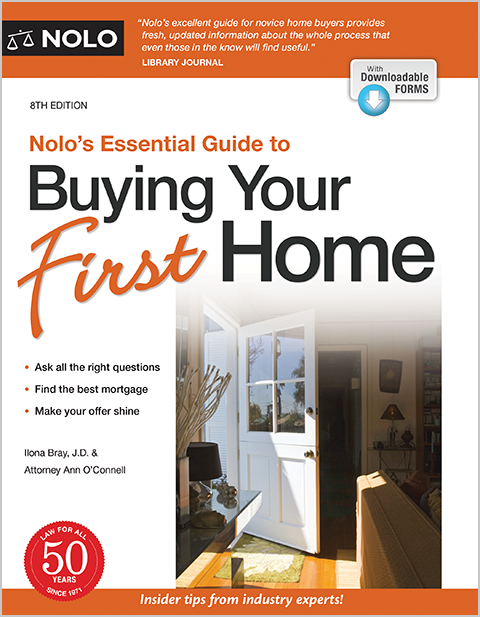Learn how to avoid capital gains tax on the sale of vacant land by claiming the home sale tax exclusion.
One of the great benefits of being a homeowner is the $250,000/$500,000 capital gains tax exclusion. This tax rule permits homeowners to exclude from their taxable profits $250,000 of the amount earned from selling their home if they are single, and $500,000 if they are married and file jointly. To qualify, all you have to do is live in the home any two out of the previous five years, and not have sold another main home within two years.
This tax exclusion applies to the sale of your main home. This includes the building or buildings that constitute your home and the surrounding land you use as part of your home. But what if you own vacant land surrounding your home that you sell separately from the home itself—can it qualify for the exclusion? It's possible, with some conditions, as discussed below.
When Vacant Land Can Come Under the Capital Gains Tax Exclusion for Real Estate
Vacant land can qualify for the real estate capital gains tax exclusion, provided that:
- the vacant land is adjacent to land containing your home
- the sale of the vacant land and the sale of your home occur within two years of each other
- you owned and used the vacant land as part of your main home, and
- your use of the vacant land satisfies the two-year ownership and use rule.
If these requirements are met, the sale of the home and the sale of the vacant land are treated as one sale and one $250,000/$500,000 exclusion can be applied to any gain.
Example: In 2013, Jamie, a single person, buys property containing a house and ten acres that she uses as her main home. In 2022, she sells the home and two acres, for a $50,000 gain. Jamie qualifies for the $250,000 home sale exclusion, so this gain is not taxable. In 2023, Jamie sells her remaining eight acres, for a $100,000 gain. Because this land satisfies the two-year ownership and use rule, its sale and the sale of the home are treated as a single sale for purposes of the $250,000 exclusion. Thus, Jamie need not pay any tax on her $100,000 gain.
What If You Sell the Vacant Land First?
If you sell such vacant land before you sell the home it surrounds, the sale will not qualify for the capital gains tax exclusion at that time. But, if you sell your main home within two years after you sold the vacant land, the prior sale will come within the exclusion. In this event, you may amend your return for the prior year and get a tax refund.
Example: Assume that Jamie from the above example sold eight vacant acres in 2022, and kept her main home. Her $100,000 gain from the sale does not qualify for the $250,000 exclusion in 2022. She must pay income tax on her gain in 2022. In 2023, Jamie sells her main home and remaining two acres for a $50,000 gain. The prior sale is now treated as part of the sale of the main home and qualifies for the exclusion. Jamie can file an amended tax return for 2022 in which she excludes her $100,000 gain from her income, resulting in a nice tax refund.
For more on relevant tax issues, see IRS Publication 523, Selling Your Home.
Talk to a Lawyer
Need a lawyer? Start here.
How it Works
- Briefly tell us about your case
- Provide your contact information
- Choose attorneys to contact you
- Briefly tell us about your case
- Provide your contact information
- Choose attorneys to contact you


